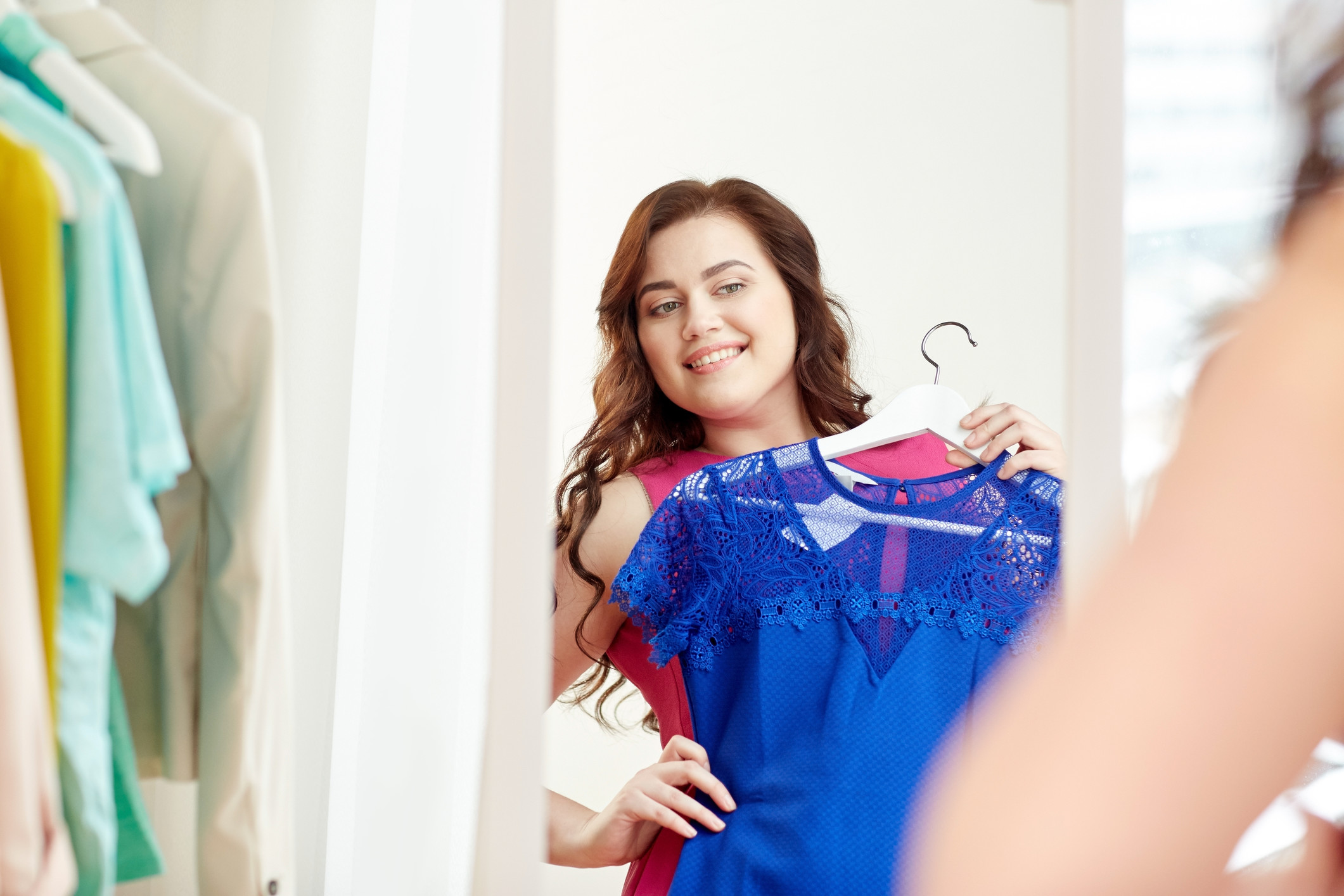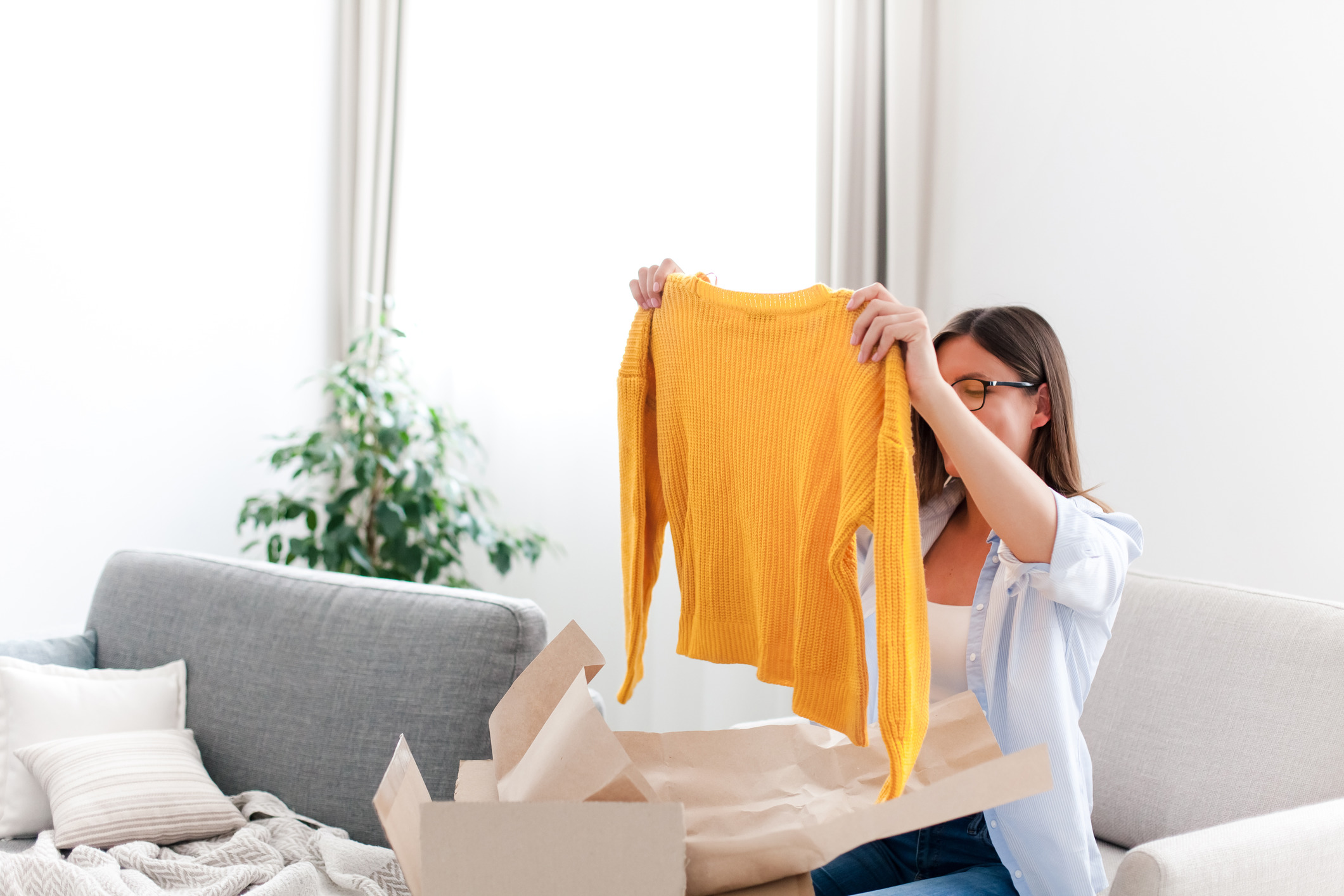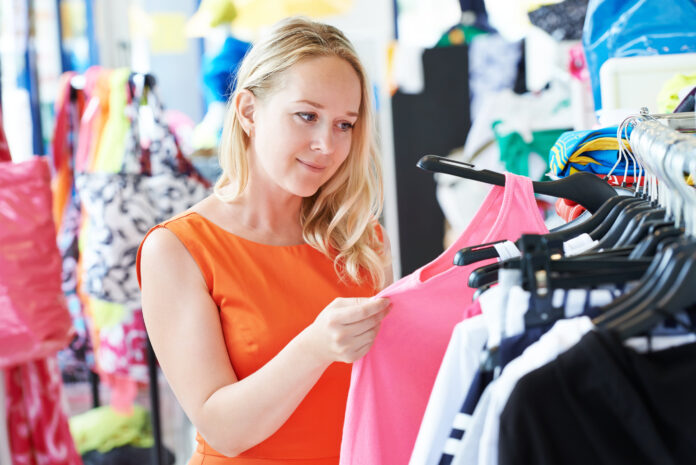There is no standard sizing for clothing in Australia and, inch by inch, the scale is sliding, so we can feel a little better about ourselves.
Fifteen years ago, the Australian Standard Size Coding Scheme was scrapped and the onus was shifted to retailers, who could develop their own sizing scales based on their marketing and sales data.
There were a couple of goes at bringing a standard back, but it is always hard to regather that which has been set free.
For the buyer, it feels like lotto, with brands free to pluck numbers out of the air so that a size 8 in one can be a size 12 in another.
There is also “vanity sizing”: labelling clothes as smaller than they are in order to flatter the customer.
Thus, there is nothing to stop a plus-size brand labelling its size 16 an extra-small if it wants to.

The result is sizing that is as clear as mud for those seeking the perfect, standardised fit – especially when shopping online, where we are buying sight unseen and size untried.
There is little doubt that sizing is generally sliding: the coveted size 10 of yesteryear would be likely to be a tad baggy on the same frame today.
It is manufacturer trickery designed to make bigger people feel good about the number on the label.
We are generally larger than ever before: ABS National Health Survey data shows the average waist measurement in Australia is 88cm for women and 98cm for men – sizes medicos warn increase the risk and outcome of just about every horrible, life-limiting disease going.
If you look across a range of brands, that makes Ms Average Australian a size 16 or 18 (or in some shops, an extra small).
The clothing people are putting sensitivity before honesty, and that is not helping the obesity epidemic.
Help us deliver more news by registering for our FREE daily news feed. All it requires is your name and email at the bottom of this article.

Our clothing obsession is also having an unsustainable impact.
Studies show customers are far more likely to return goods bought online and the pandemic accelerated the trend of ‘framing’, where buyers purchase an item in several sizes and return the ones that don’t fit.
We need to bring back standardised sizing to enable us to make informed decisions and get the true picture of our body sizes.
It is not about shaming or cajoling, but about real information and more sustainable consumption.
And true numbers don’t lie.
Dr Jane Stephens is a UniSC journalism lecturer, media commentator and writer.





